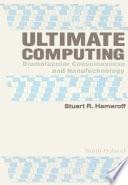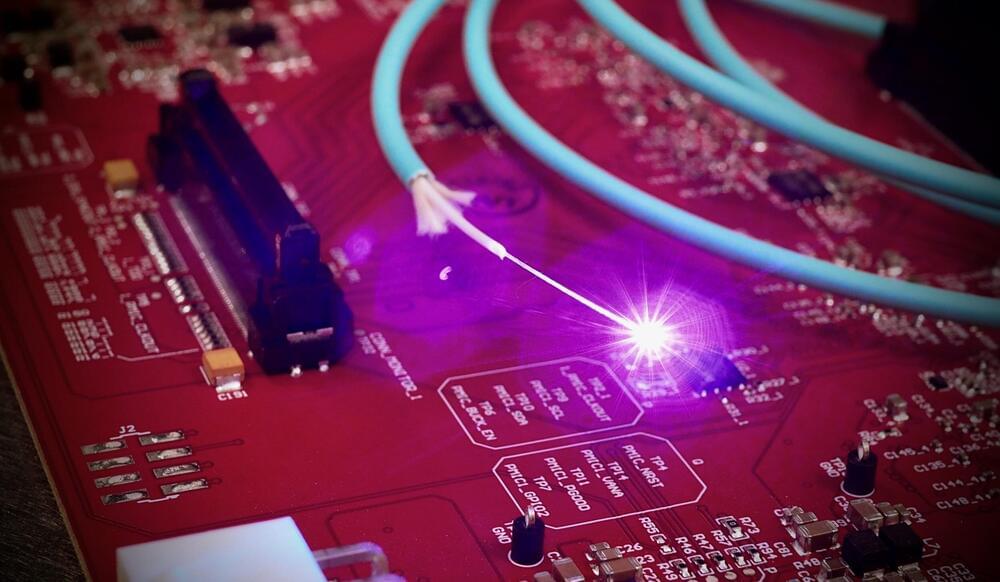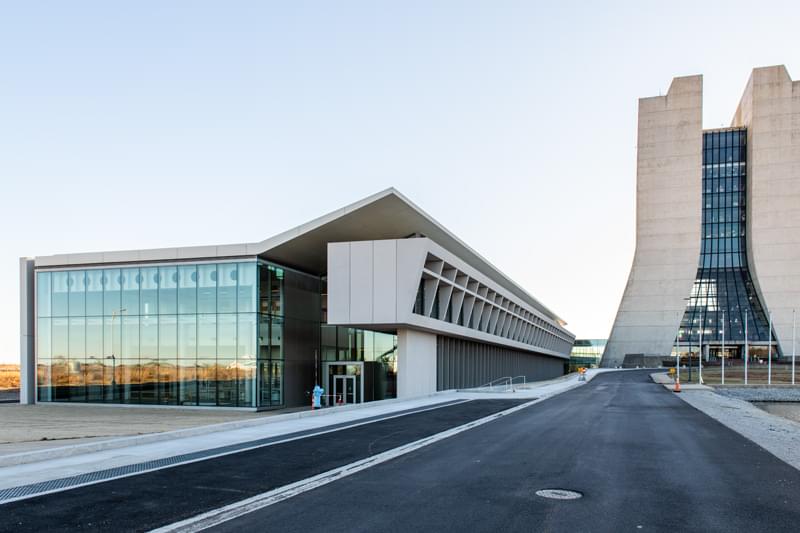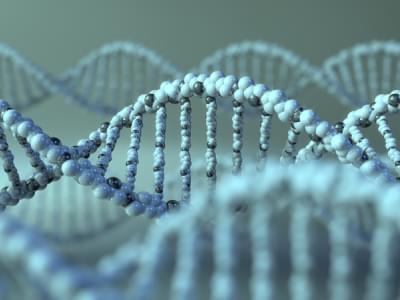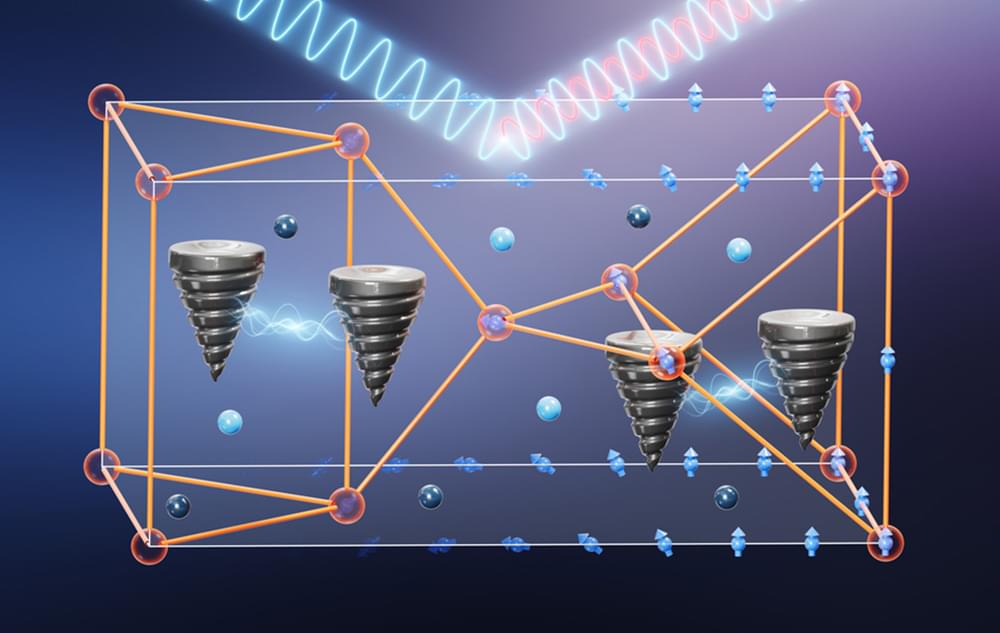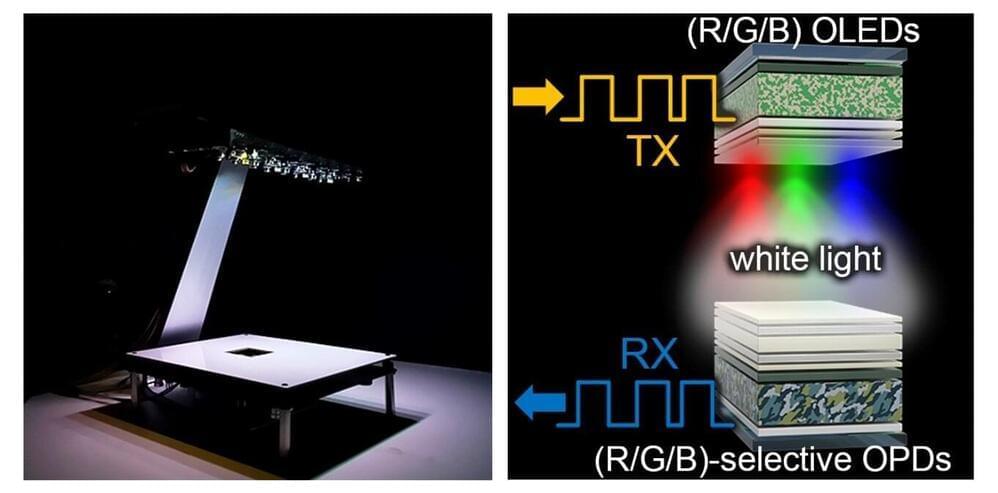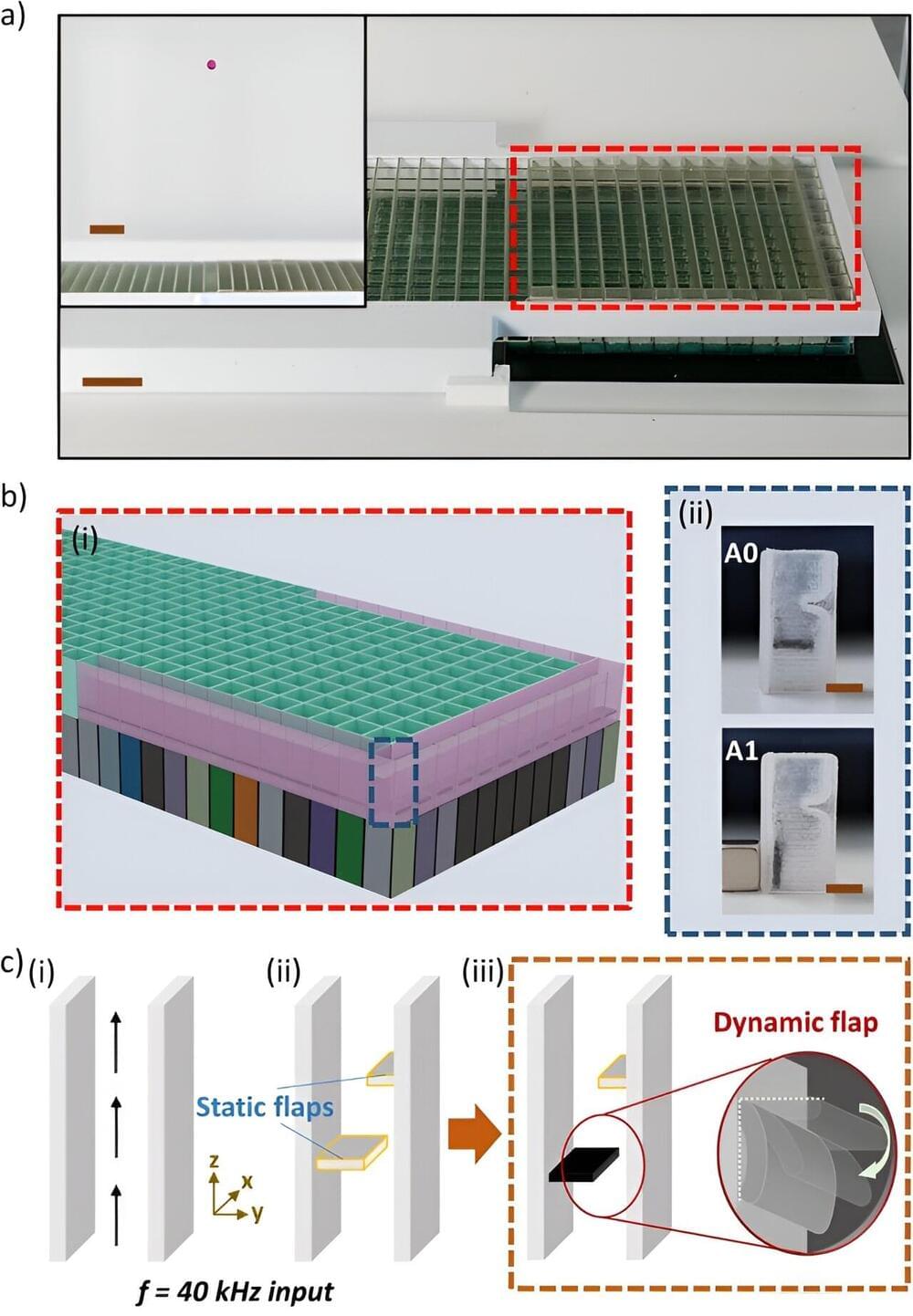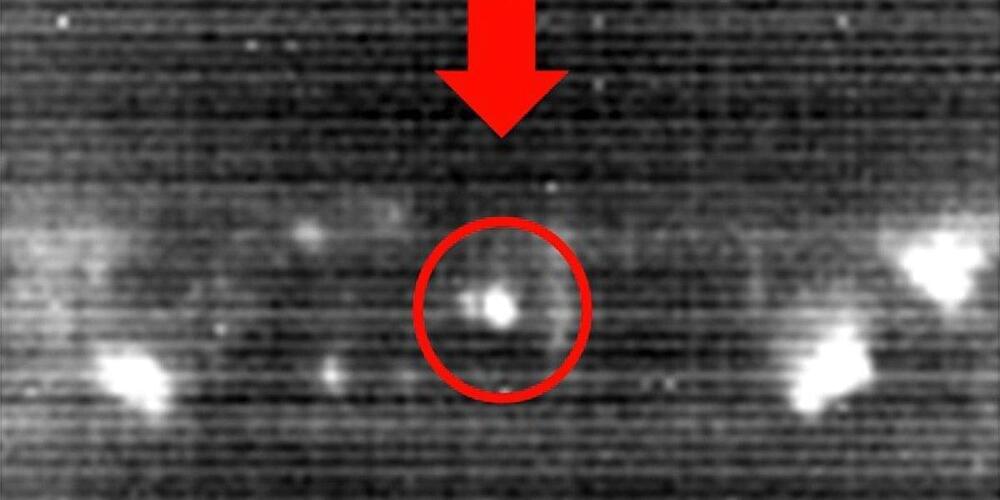Jan 19, 2024
Ultimate Computing: Biomolecular Consciousness and NanoTechnology
Posted by Dan Breeden in categories: biological, chemistry, computing, engineering, mathematics, nanotechnology, neuroscience, physics
The possibility of direct interfacing between biological and technological information devices could result in a merger of mind and machine — Ultimate Computing. This book, a thorough consideration of this idea, involves a number of disciplines, including biochemistry, cognitive science, computer science, engineering, mathematics, microbiology, molecular biology, pharmacology, philosophy, physics, physiology, and psychology.
